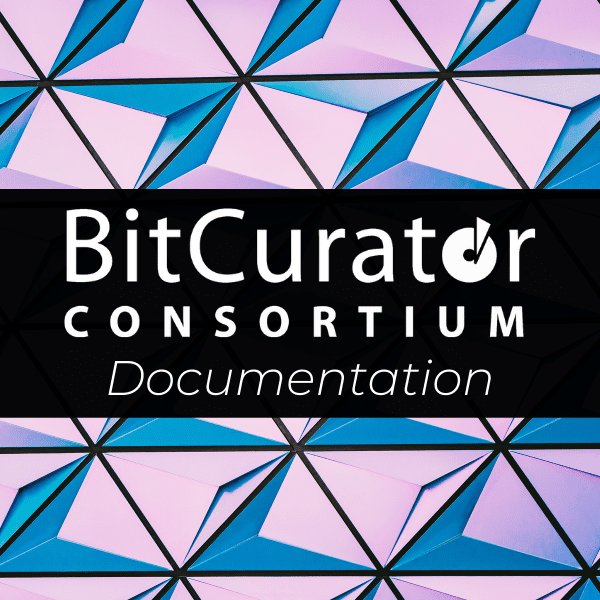Digital Forensics and Archives
BitCurator Consortium | BitCurator Consortium
How do you secure and preserve the digital historical record? How do you collect it without changing it?
More than 90% of our public and private records—from the news to literary archives, and from scientific discoveries to architectural plans—originate as digital files today.
Like any record, digital files are vulnerable to a wide variety of hazards, such as:
- Media degradation (e.g., floppy disks and CDs, hard drives, and ZIPs)
- Technology to access files (e.g., hardware, operating systems, software packages)
As a result, decades of digital outputs are at risk. Preserving, interpreting, and verifying this content is an ongoing challenge for those charged with maintaining the scientific and cultural record.
Archives and Digital Forensics
Acquiring and processing information from raw sources is a core function of archives and other collecting institutions. Preparing objects for access requires creating inventories, describing contents, redacting sensitive information, and a variety of further activities.
Digital forensics offers archivists new tools and methodologies to:
- Survey the extent of a collection
- Weed objects that do not fall under collecting policies
- Accession the contents of a collection
- Preserve the original order of a collection
The BitCurator environment helps archivists, librarians, and curators to apply leading open source digital forensics tools to their digital archiving scenarios. This extends their practices with analog records to provide access to authentic, reliable, and complete versions of digital content. Digital forensics tools have already proved invaluable in preserving the personal files of a Nobel Prize winning economist, the WordPerfect drafts of a renowned author, and the records of similarly important acquisitions.

BitCurator Consortium. (August 26, 2020). Digital Forensics and Archives. BitCurator Consortium.